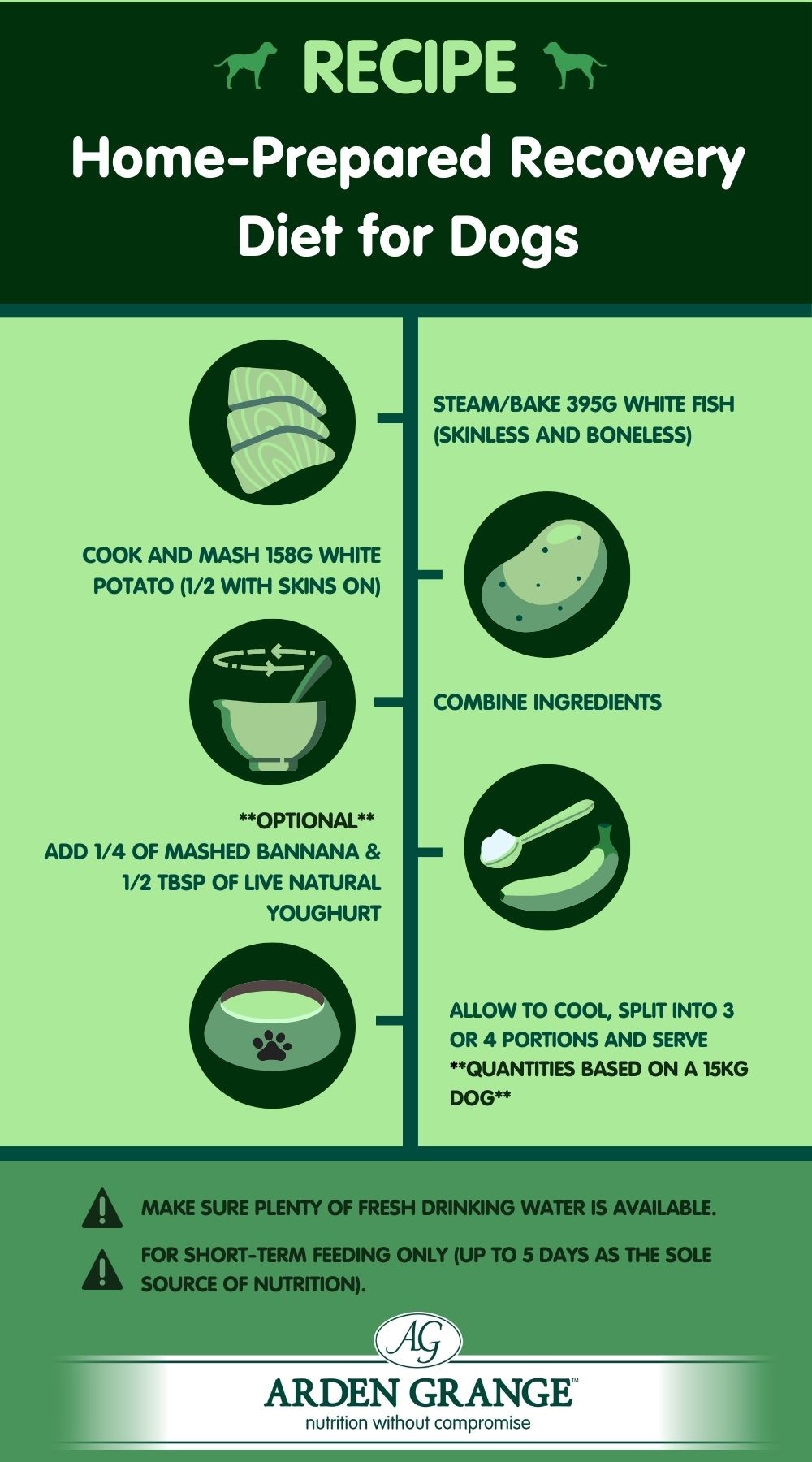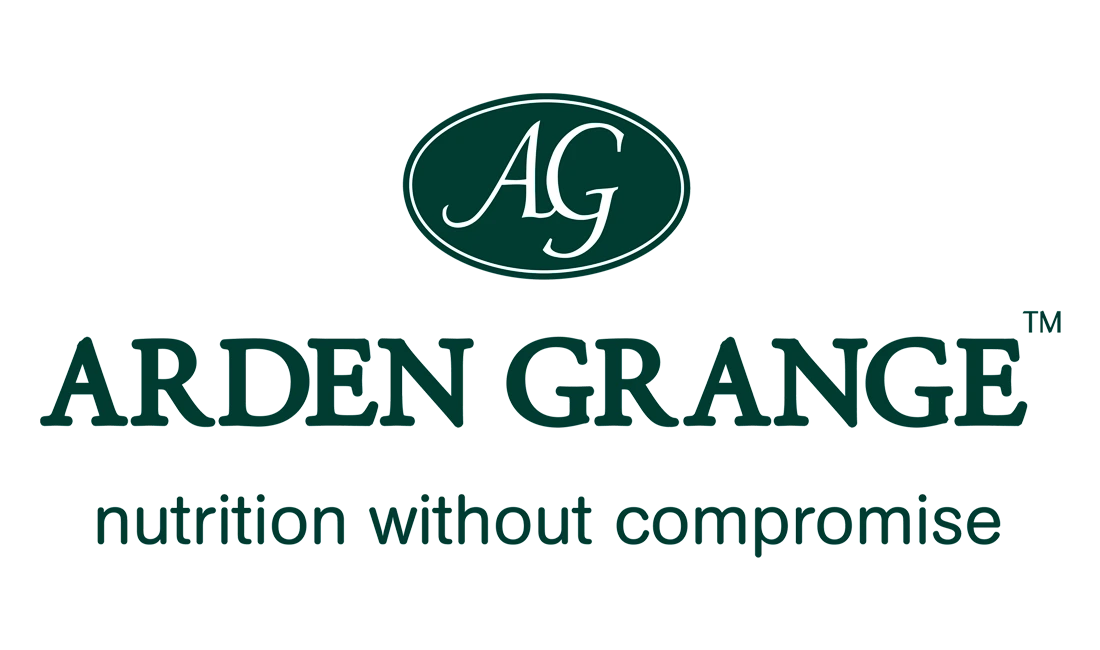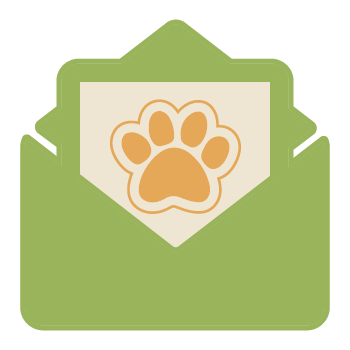Easy recipe for a home made recovery diet for dogs
There are several helpful measures that may be taken at home to help your dog through bouts of diarrhoea.
Your vet may recommend feeding a veterinary product, formulated specifically for gastrointestinal conditions, a highly digestible wet dog food which is not overly high in fat - ideally 4% max (as fed), or a few days of home prepared food to allow the gut to rest.
- Steam/bake 395g white fish.
- Cook 158g rice or potato (cook half your potato with skins on) until soft.
- Combine ingredients in a mixing bowl.
- Optional: add a quarter of a mashed banana and/or a dessert spoonful of live yoghurt.
- Mix well and allow ingredients to cool.
- Portion into three or four small meals (184g or 138g respectively) and serve.
The quantities in this recipe are based on a 15kg dog (with a lower than ‘normal’ activity level due to feeling poorly). It provides 686 calories per day or 124 kcals/100g.
For short-term feeding only (up to 5 days as the sole source of nutrition).
Plain steamed or baked white fish (which is very digestible and lower in fat than oily fish such as sardines and salmon) and a small quantity of well cooked, boiled, mashed potato (softened with the fish cooking liquor not milk/butter) are usually well-tolerated (unless your dog is known or suspected to be sensitive to either ingredient). Examples of white fish species include haddock, whiting, pollock and cod. If your dog does not like or tolerate fish, alternative protein sources may include skinless minced chicken or turkey, scrambled egg, rabbit, or venison.
Alternative carbohydrate sources may include well-cooked rice or sweet potato. Well-cooked and cooled rice and potato are both good sources of resistant starches. These feed the friendly gut flora which then convert the starches into short-chain fatty acids including a type called butyrate—the main fuel for the colonocyte cells that line the gut. Butyrate helps them to function properly and reduces inflammation within the large bowel.
Mashed banana is a great source of soluble fibre (especially prebiotics) and potassium. (Dogs don’t mind sweet and savoury mixtures!) For dogs who are not known to be lactose intolerant or allergic to casein (milk protein) a little live natural yoghurt may also be included to help reduce acidity and soothe the digestive tract.
Treats and extras are usually best withheld whilst feeding a recovery diet.
NOTE: Always make sure plenty of fresh drinking water is available. Resist the temptation to restrict fluids for fear it will worsen the looseness. In actual fact, the opposite applies, and this may reduce the risk of dehydration.

Once stools are well-formed, your dog may be ready to transition back to a regular diet.
Read our article on achieving ‘long term digestive health’ for your dog.
The type of food and transition time will depend on severity and cause of the looseness. A veterinary diet or low residue, complete wet or fresh commercial product such as the Arden Grange Partners Sensitive canned food is recommended for dogs requiring a longer period on a recovery diet.
Browse our Sensitive dog range here
Browse our Sensitive cat range here
If returning to a dry food, kibble may be better digested initially if it is fed soaked (providing the manufacturer deems it safe to do so). The Arden Grange canine dry products can all be soaked, although as with wet food, it is important to pick up and discard any uneaten food promptly to avoid it attracting flies or drying out into an unpalatable, sticky consistency.
Investigate your pet’s unique requirements now, with our registered Veterinary Nurse and holder of the Certificate in Canine and Feline Veterinary Health Nutrition, Ness Bird.


 Puppy
Puppy
 Adult
Adult
 Senior
Senior
 Sensitive
Sensitive
 Treats
Treats Kitten
Kitten
 Adult
Adult
 Senior
Senior
 Trusted British Brand
Trusted British Brand

